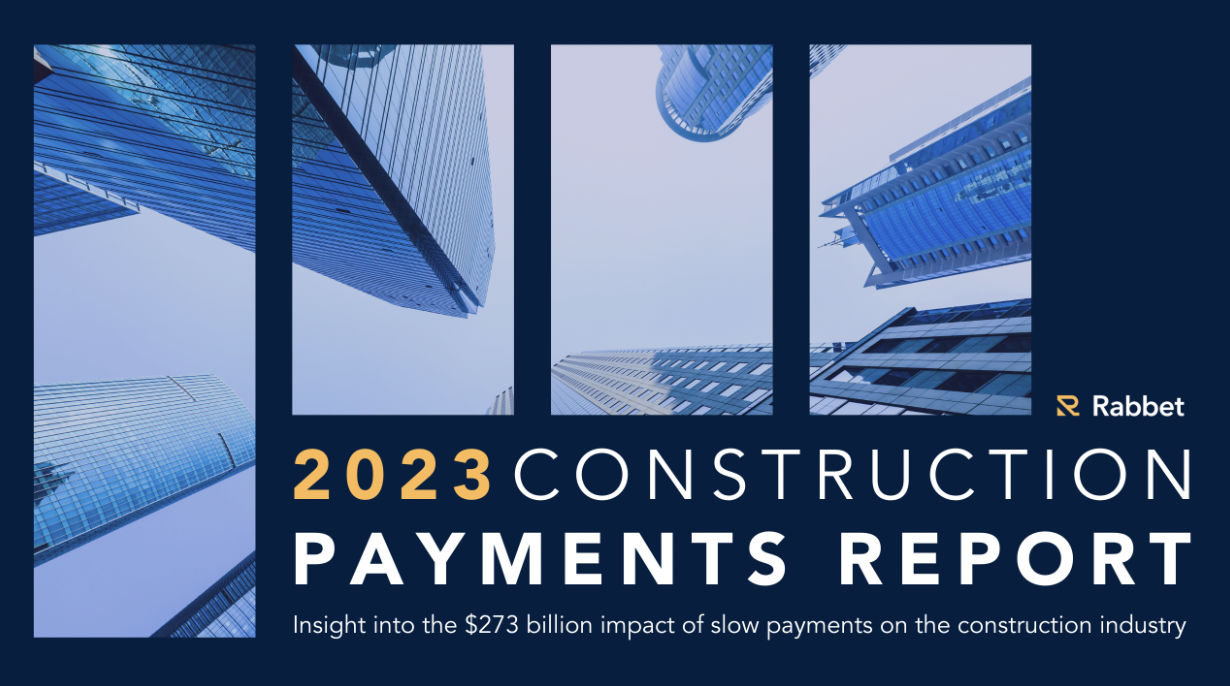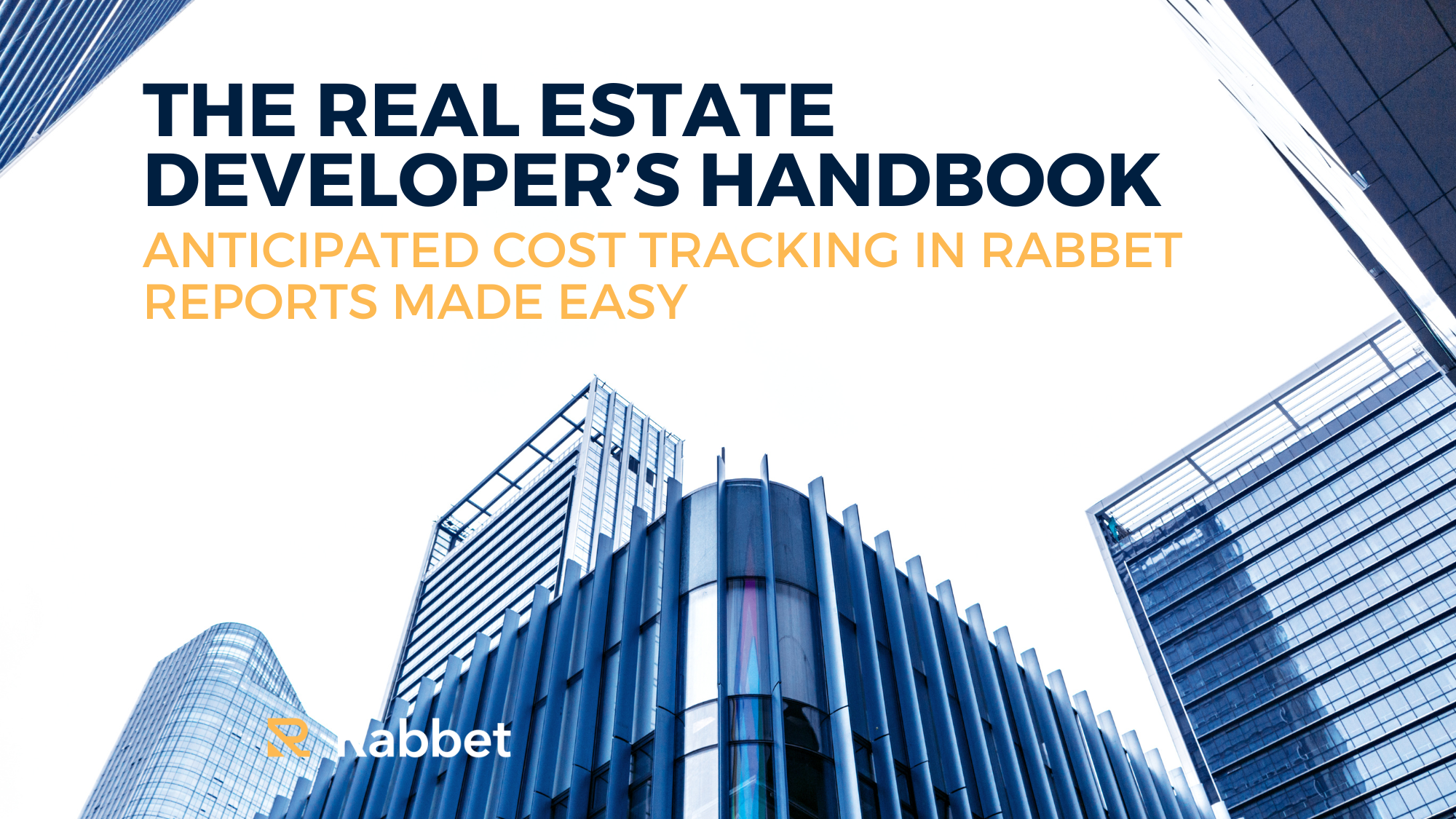64% of Construction Lenders and Real Estate Developers Report Adopting Software to Stay Ahead in 2023
Our latest State of Construction Finance Report revealed how critical software adoption is for this industry. In a time when deal volume is down, industry leaders are investing their teams time in preparing for the future.











